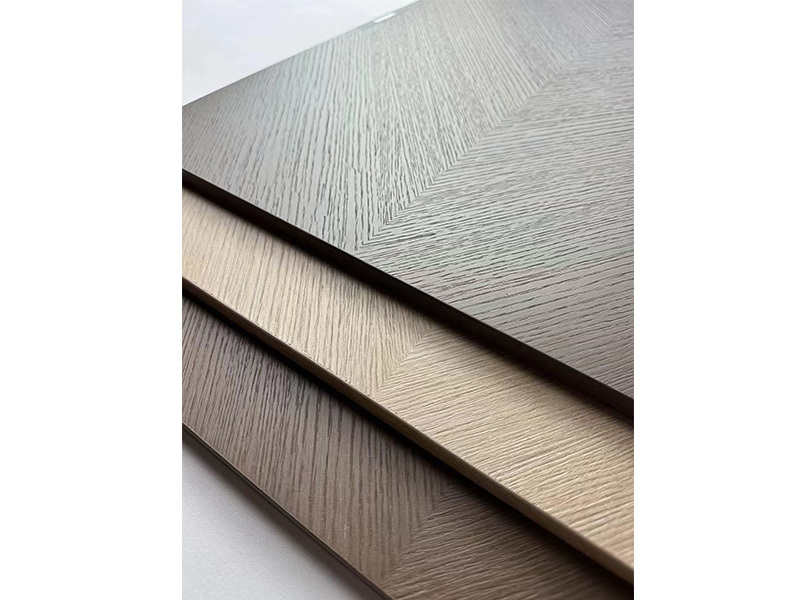Exploring the Versatility of Surface Materials in Architectural Design
Surface materials are a crucial component in the field of architecture and design, influencing not only the look and feel of a space but also its functionality and longevity. In the realm of building and decorative materials, understanding the various types of surface materials is key for architects, designers, and builders aiming to create innovative and sustainable structures. When discussing su
Release time:
05 Oct,2025
When discussing surface materials, one must consider their diverse applications. They can range from traditional options like wood, stone, and brick to modern alternatives such as glass, metals, and composite materials. Each type offers unique qualities that can enhance the aesthetic appeal and performance of a building. For instance, natural stone surfaces add a timeless elegance to interiors and exteriors, while glass surfaces can create the illusion of space and light, making them ideal for contemporary designs.
Durability and maintenance are also critical factors when selecting surface materials. Some materials, like high-performance composites, are designed to withstand harsh weather conditions and require minimal upkeep. This not only saves time and money in the long run but also contributes to the sustainability of the building. On the other hand, materials such as untreated wood may require more frequent maintenance but can provide a warm and inviting atmosphere.
Another important aspect of surface materials is their impact on environmental sustainability. Many modern surface materials are designed with eco-friendliness in mind, incorporating recycled content or being sourced from sustainable practices. This trend is increasingly important as more architects and builders strive to meet green building standards and reduce their carbon footprint. Utilizing such materials not only benefits the environment but can also enhance a building's marketability in a society that values sustainability.
In addition to aesthetics and sustainability, surface materials can significantly influence a building's acoustics and thermal performance. For instance, certain surface treatments can enhance sound insulation, making spaces more comfortable for occupants. Similarly, materials with high thermal mass can help regulate indoor temperatures, thereby enhancing energy efficiency.
In conclusion, the choice of surface materials is a vital decision in the architectural and decorative process. The right materials not only contribute to the visual appeal of a structure but also play a significant role in its functionality and sustainability. As the industry evolves, the integration of innovative surface materials will continue to shape the future of architecture, making it essential for professionals to stay informed about the latest trends and technologies in surface materials.
Latest Blog
05 Oct,2025
Exploring the Versatility of Surface Materials in Architectural Design
Surface materials are a crucial component in the field of architecture and design, influencing not only the look and feel of a space but also its functionality and longevity. In the realm of building and decorative materials, understanding the various types of surface materials is key for architects, designers, and builders aiming to create innovative and sustainable structures. When discussing su
Read More →04 Oct,2025
Transforming Spaces: The Benefits of Using PVC Edge Banding for Modern Interiors
Transforming Spaces: The Benefits of Using PVC Edge Banding for Modern Interiors Table of Contents 1. Introduction to PVC Edge Banding 2. What is PVC Edge Banding? 3. The Benefits of PVC Edge Banding 3.1 Durability and Longevity 3.2 Aesthetic Appeal 3.3 Cost-Effectiveness 3.4 Environmental Impact 4. Application
Read More →03 Oct,2025
Understanding Laminated Boards: A Versatile Choice for Construction and Decoration
Laminated boards, also known as laminate panels, are engineered wood products made by bonding together multiple layers of materials, such as wood veneers, particleboard, or medium-density fiberboard (MDF), using adhesives under heat and pressure. This process not only enhances the durability of the boards but also creates a stable and consistent product that is well-suited for various applications
Read More →Contact Us
Sales manager SUNNY LIU
+86 15751150508 (wechat、whatsapp)
E-mail: Sunny@devandecor.com
Add: NO.8 DONGHUAN RD,HENGLIN TOWN,WUJIN DISTRICT, CHANGZHOU ,JIANGSU,CHINA
Copyright © 2025 Changzhou Defan New Materials Co., Ltd. All rights reserved. www.300.cn SEO
Subscribe our newsletter
Welcome to leave us a message, we will reply to you as soon as possible



